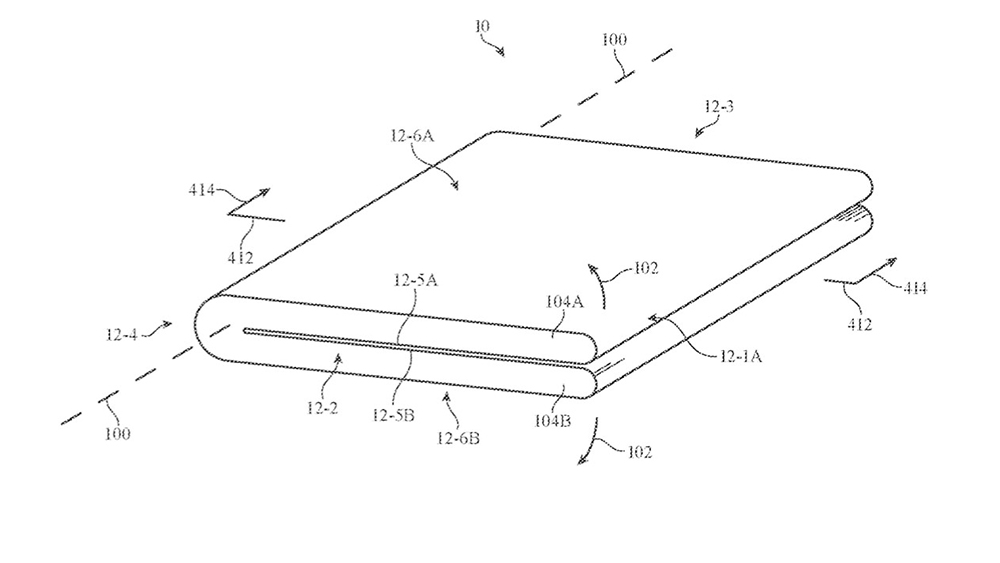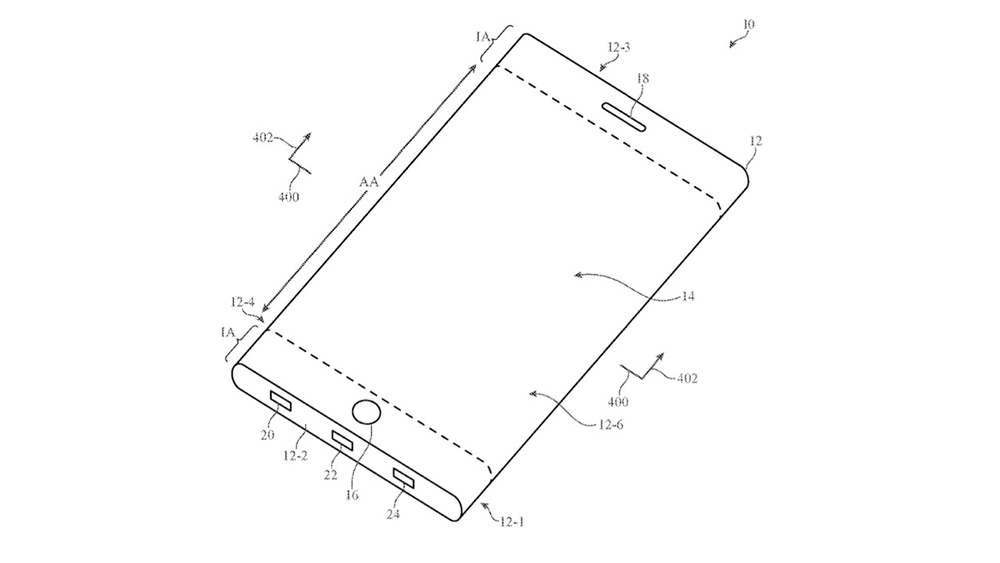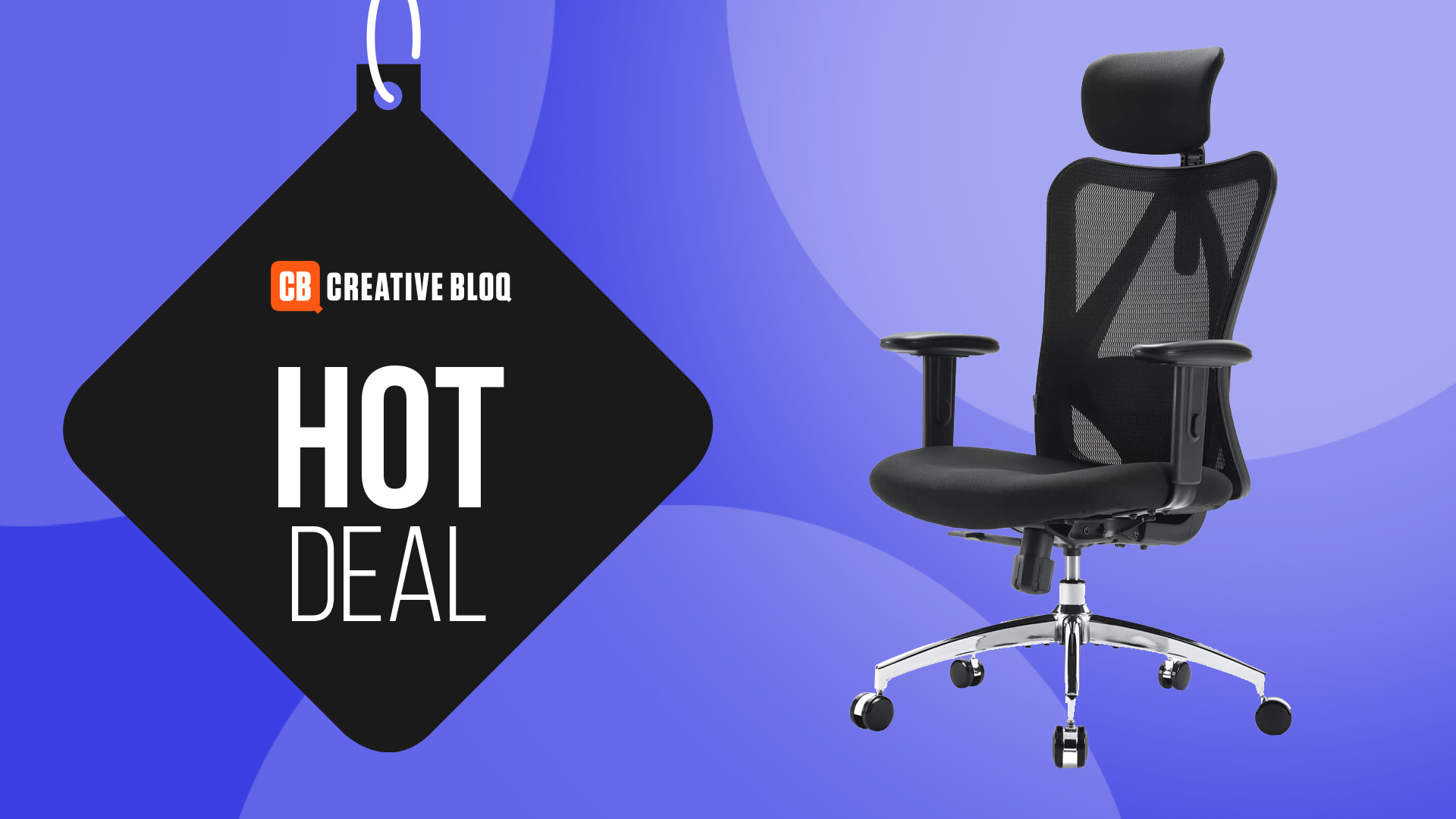I know, I know; we've been reporting on rumours of a folding iPhone pretty much since Steve Jobs revealed Apple's first smartphone back in 2007. But, this time there's some intriguing evidence to back it up – a new patent sounds like it could lead to a radical change in the design of phones and other devices.
Samsung's been mocking Apple for years for its tardiness in developing a foldable phone, as if going back to clamshell devices is an inevitable advance. This patent filing, granted by the US Patent and Trademark Office on Tuesday, shows that Apple's at least exploring the option – and that it's still waging war against buttons (for Apple's current lineup, see the best iPhone 14 prices).
The new patent, describes the concept of electronic devices, including foldable devices, with touch sensitive control areas on their entire surface. Every surface could be a touch input, including the back and the side walls.

The application notes that "It can be challenging to gather touch input from a user and to display images for a user efficiently. For example, when a user supplies touch input to a touch screen display, the user's hand may block images". Apple's potential solution is more places for touch input to, for example, control cameras, volume, brightness. The concept could be applied to a range of devices, but the example images in the application look most like phones, which is where the concept would make most sense.

Touch sensor layers could be "overlapped" by a device’s outer glass panels on every side, including curved sidewalls. The application also mentions "wrapping a display around some or all of device." Touch sensors on the back of a device might sound strange, but Apple suggests they could have "gaming applications".
For a foldable, the patent states that the same touchability could be achieved with a clamshell design employing an “elastomeric material” allowing the device to bend. Transparent touch sensors would again be present on the device walls, while an " enclosure" would allow the device "to be folded one or more times along one or more fold axes."
Now, a phone that can be folded more than once and receive touch input on every surface sounds like a radical departure in phone design, and it could be welcomed amid complaints the phones haven't changed in years. I'm not quite sure why we'd want to fold a phone more than once, but I'll go with it for now. The patent also follows the direction that Apple's already been moving in with the iPhone by removing buttons. We've heard plenty of rumours before about plans for an iPhone with haptic buttons instead of real clicky buttons.
Get the Creative Bloq Newsletter
Daily design news, reviews, how-tos and more, as picked by the editors.
Perhaps my main concern would be the strength and durability of construction since this is a device you presumably wouldn't be able to put in iPhone case. Apple mentions both “transparent and opaque materials” comprising plastic, metal, fiber-composite or coatings of clear glass or plastics. Eek! It's worth remembering that patent applications don't necessarily mean that a company has an intention to make the product described. Patents are also filed for marketing reasons or to prevent competition. Watch this space.
Read more:
- Apple's rumoured iPad dock would transform how I use the tablet
- The rumoured iPhone subscription plan sounds great (for Apple)
- You'll never guess how they made that Wizard of Oz colour transition

Thank you for reading 5 articles this month* Join now for unlimited access
Enjoy your first month for just £1 / $1 / €1
*Read 5 free articles per month without a subscription

Join now for unlimited access
Try first month for just £1 / $1 / €1

Joe is a regular freelance journalist and editor at Creative Bloq. He writes news, features and buying guides and keeps track of the best equipment and software for creatives, from video editing programs to monitors and accessories. A veteran news writer and photographer, he now works as a project manager at the London and Buenos Aires-based design, production and branding agency Hermana Creatives. There he manages a team of designers, photographers and video editors who specialise in producing visual content and design assets for the hospitality sector. He also dances Argentine tango.
